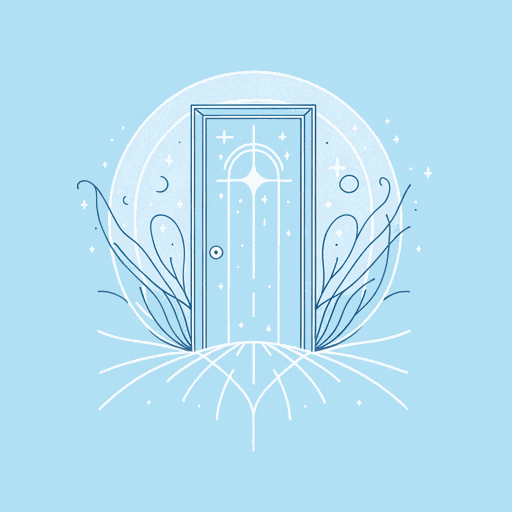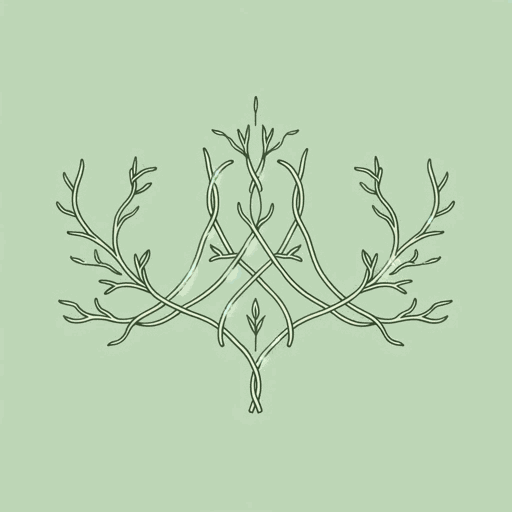72 pages • 2 hours read
Alix E. HarrowThe Ten Thousand Doors of January
Fiction | Novel | YA | Published in 2019A modern alternative to SparkNotes and CliffsNotes, SuperSummary offers high-quality Study Guides with detailed chapter summaries and analysis of major themes, characters, and more. For select classroom titles, we also provide Teaching Guides with discussion and quiz questions to prompt student engagement.
Symbols & Motifs
Books
Harrow uses books as a motif throughout the novel to further the theme that words have power. Furthermore, she highlights books as symbolic Doors into new and exciting worlds, like the physical Doors January opens. Just like her father Yule, January loves reading, and uses it as an escape from her mundane life with Locke. She develops a friendship with Samuel over their mutual love for stories, and they secretly pass books to each other as children. Even though January has a sheltered and uneventful childhood, reading fuels her adventurous spirit.
Harrow mentions by name several books that January reads, such as The Jungle Book and Anne of Green Gables. The use of book titles creates a connection with readers who have read and loved the particular books mentioned. It also creates the impression that Harrow’s novel is a true story. Harrow further highlights books by writing a book within her novel: The Ten Thousand Doors. She even includes chapter titles and footnotes, which give it the characteristics of a published work. This particular book, written by January’s father Yule, helps January discover her identity. It offers her an escape from the endless hours in Battleboro, helps her keep her sanity, and gives her bravery to escape and look for her father.
Related Titles
By Alix E. Harrow



